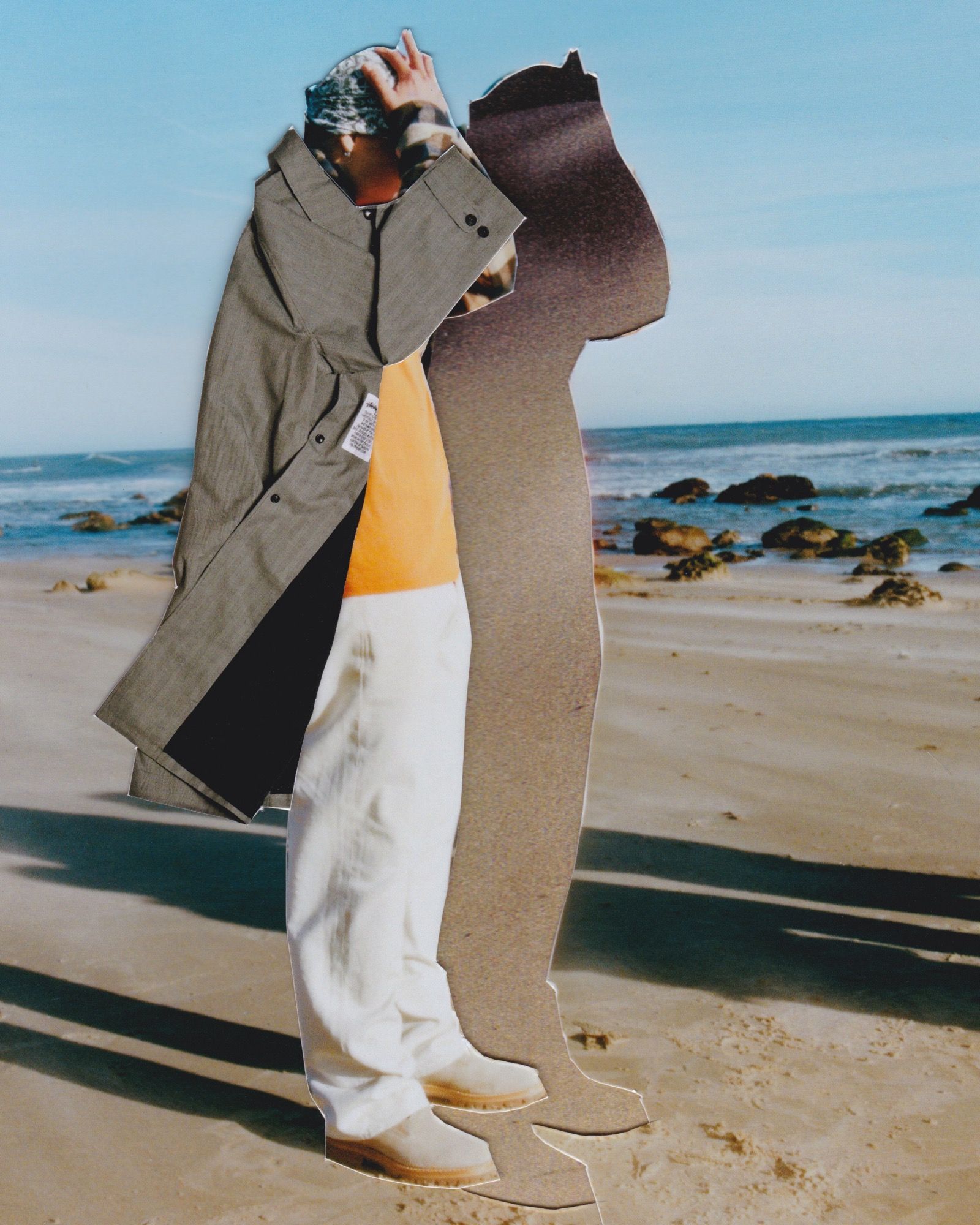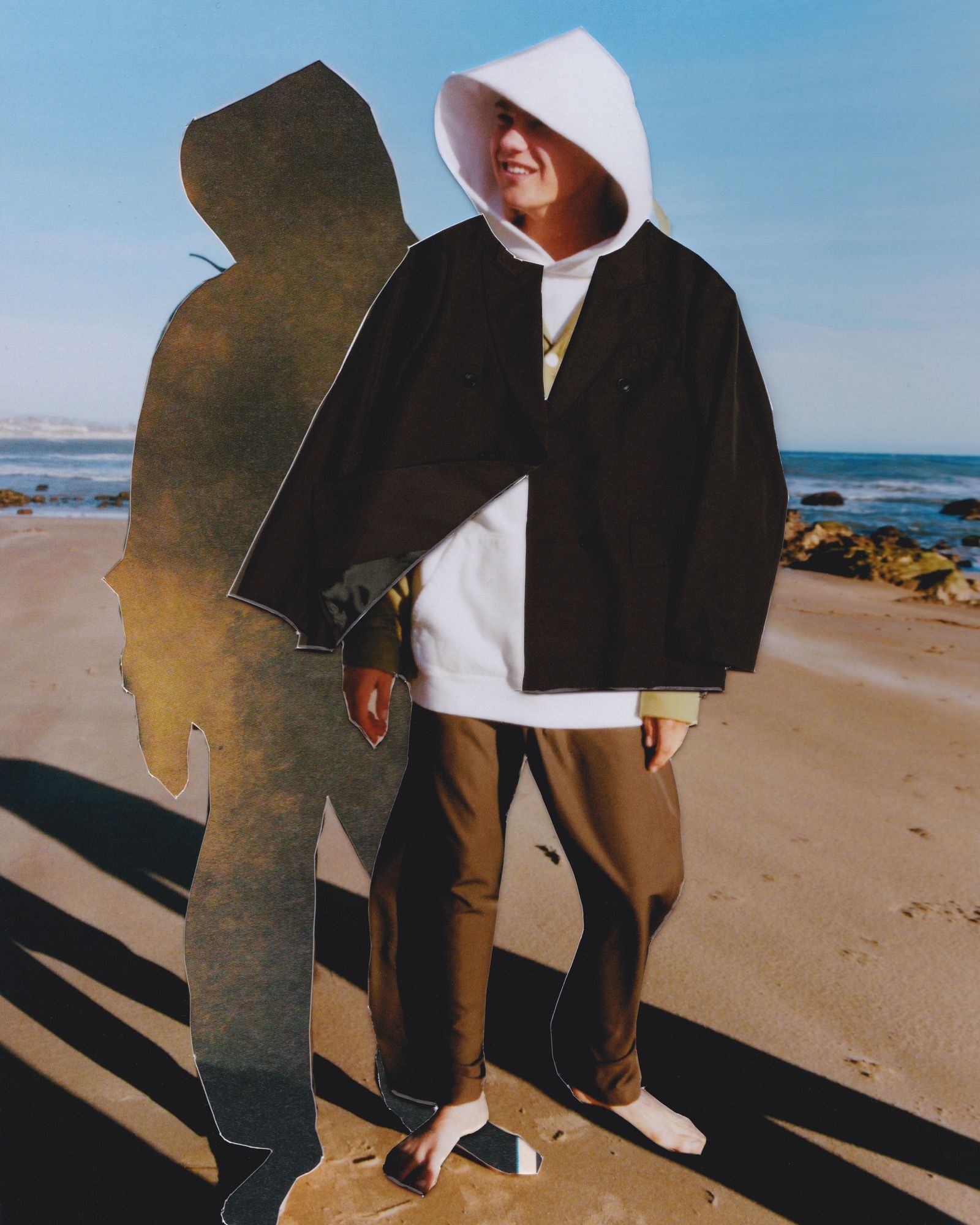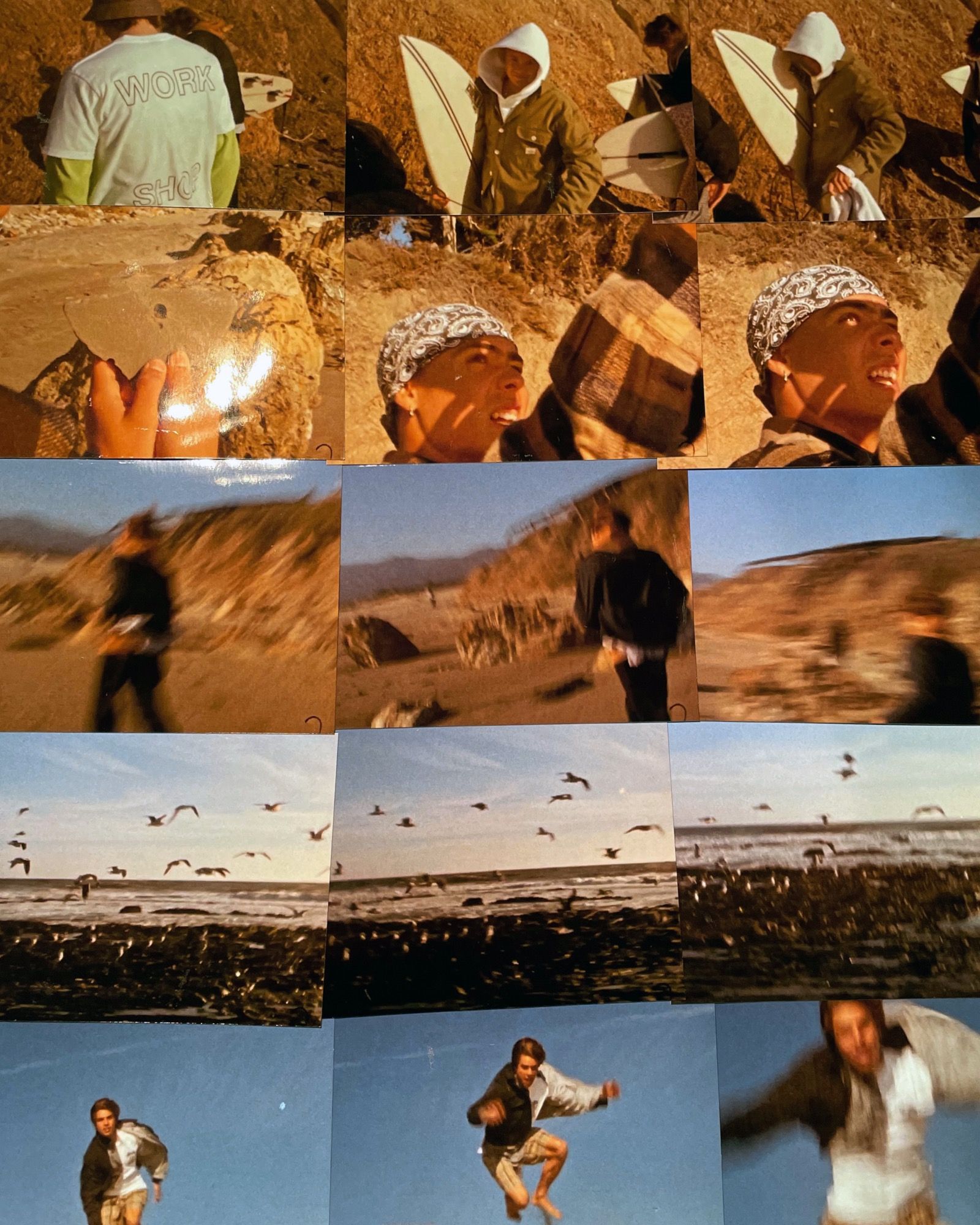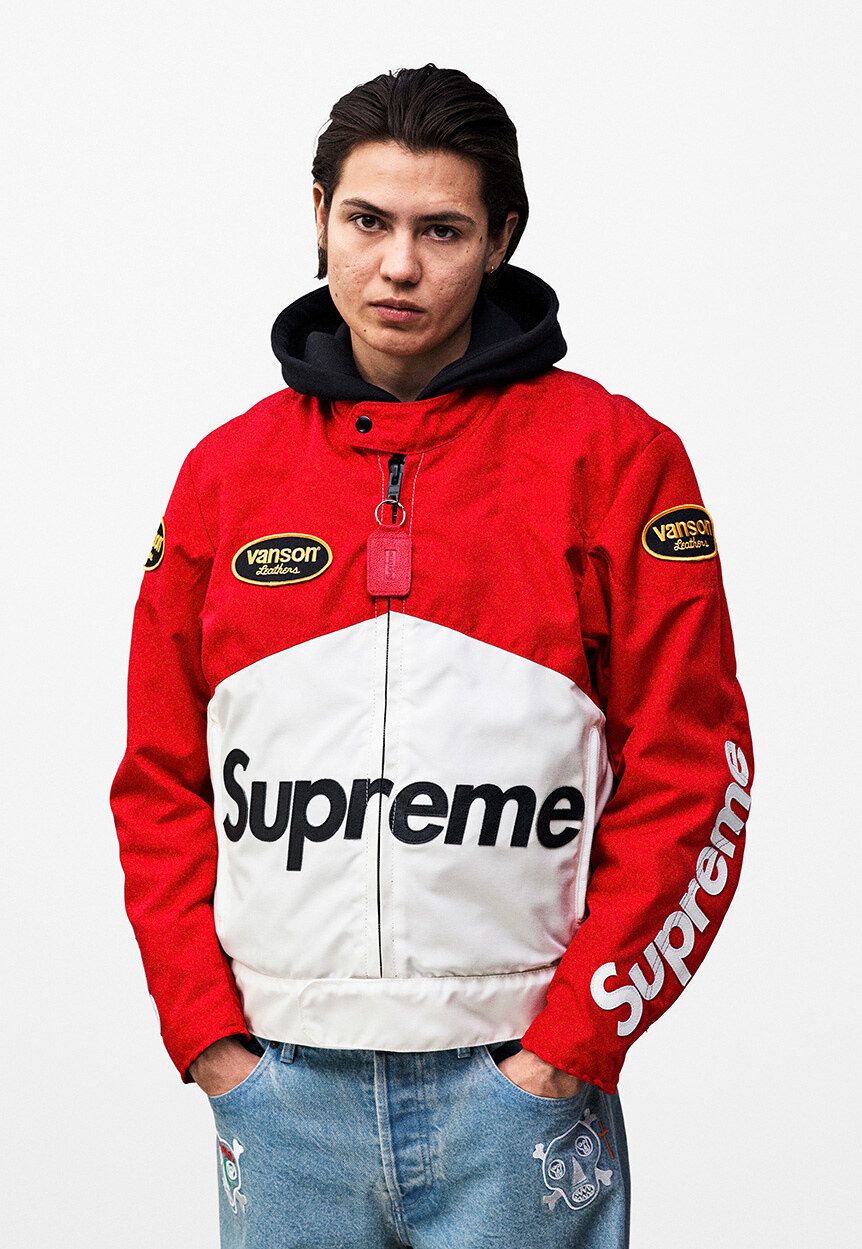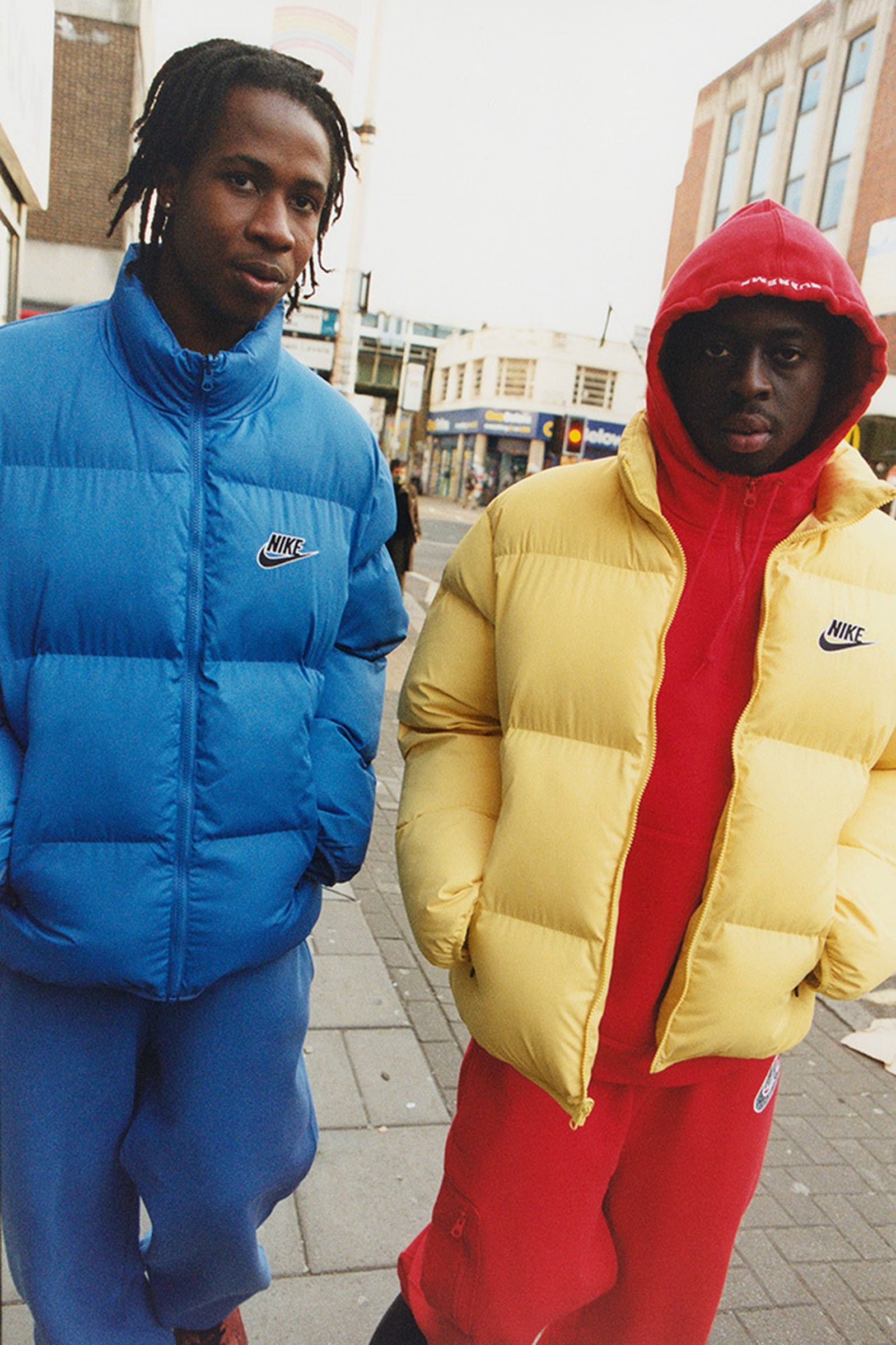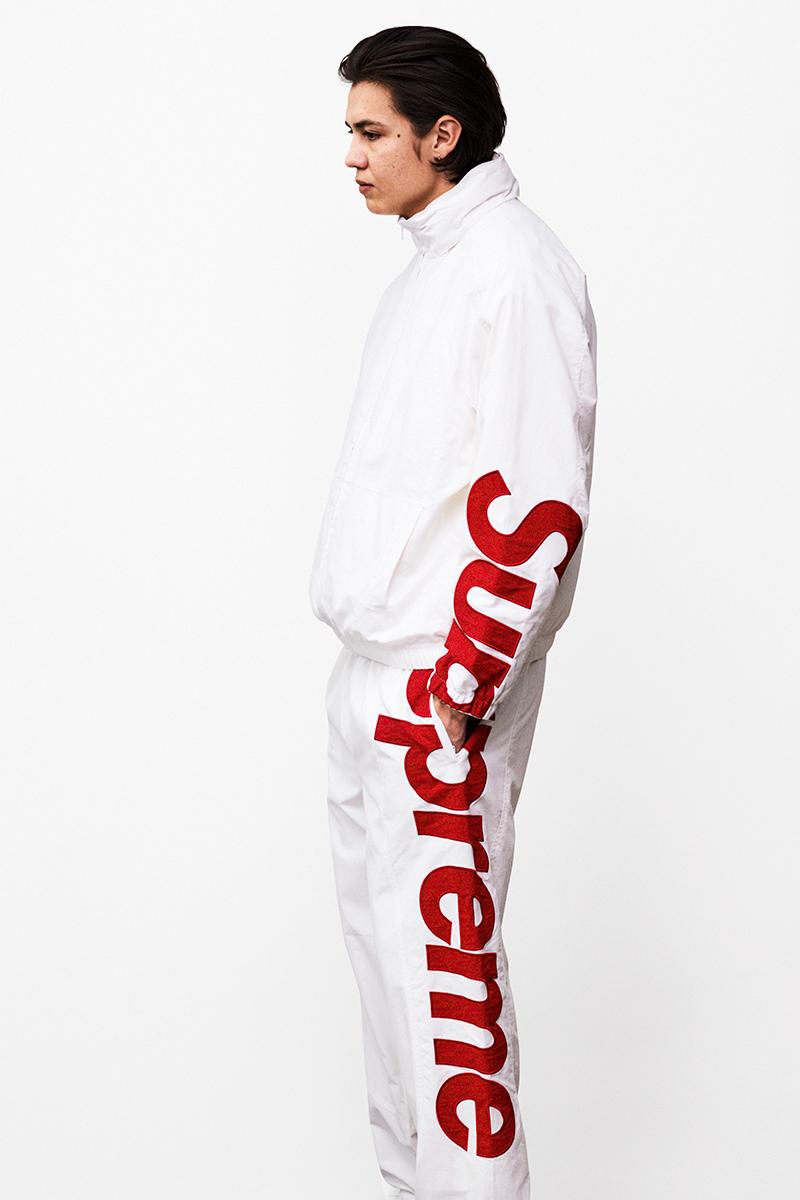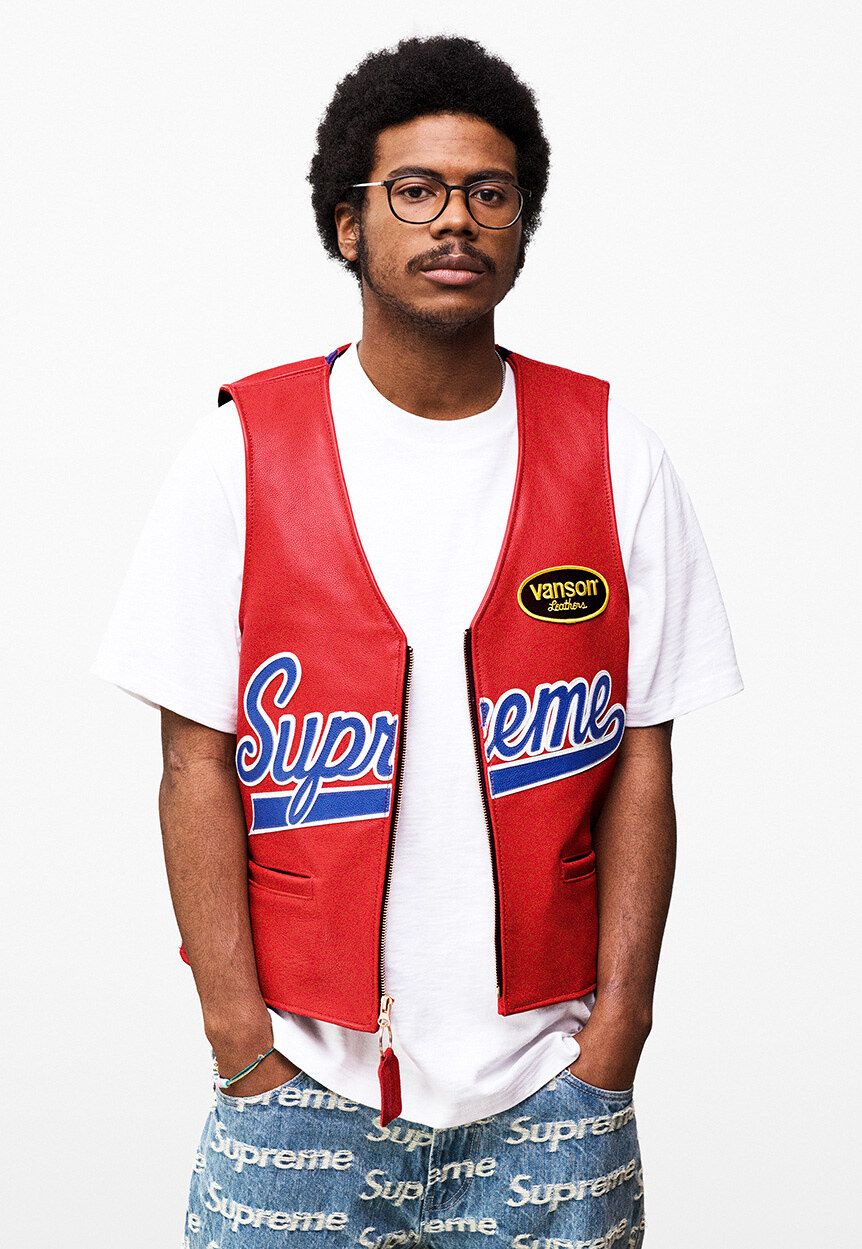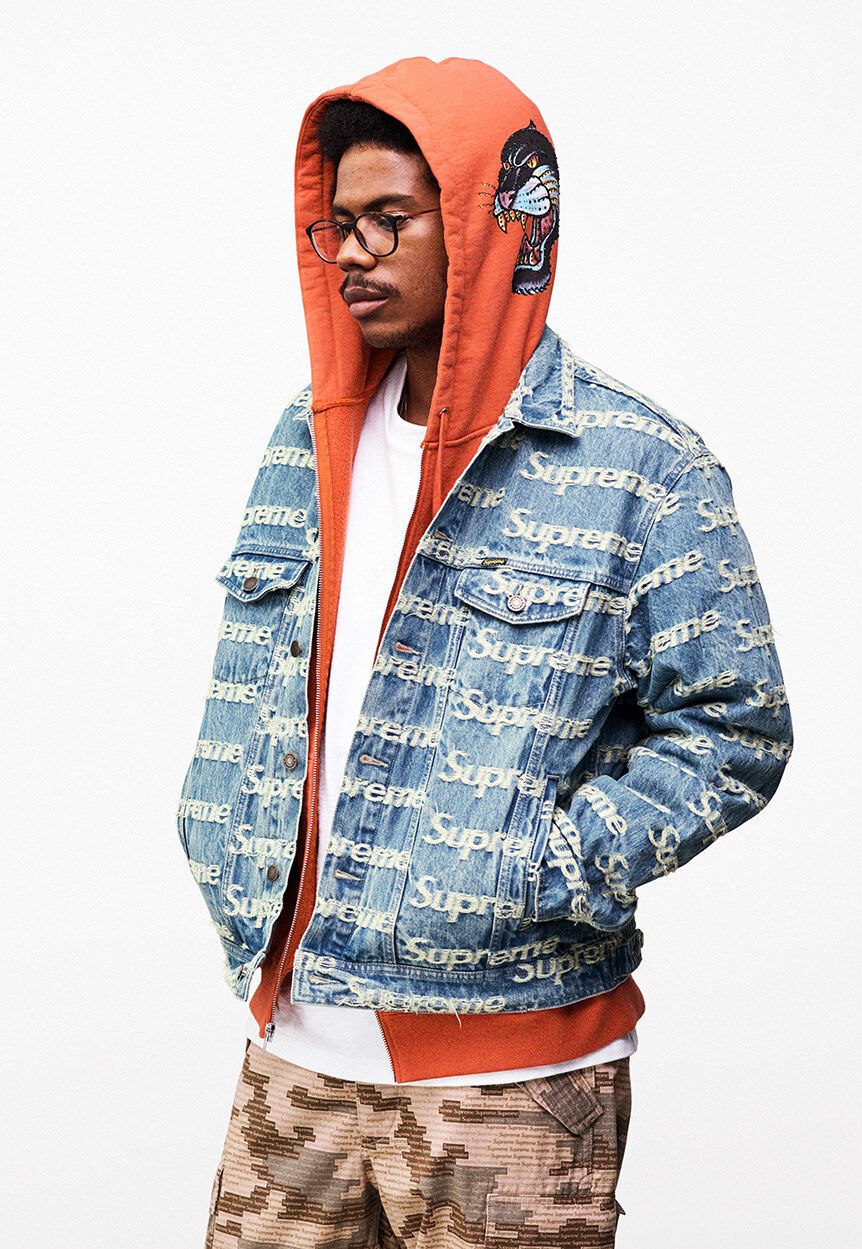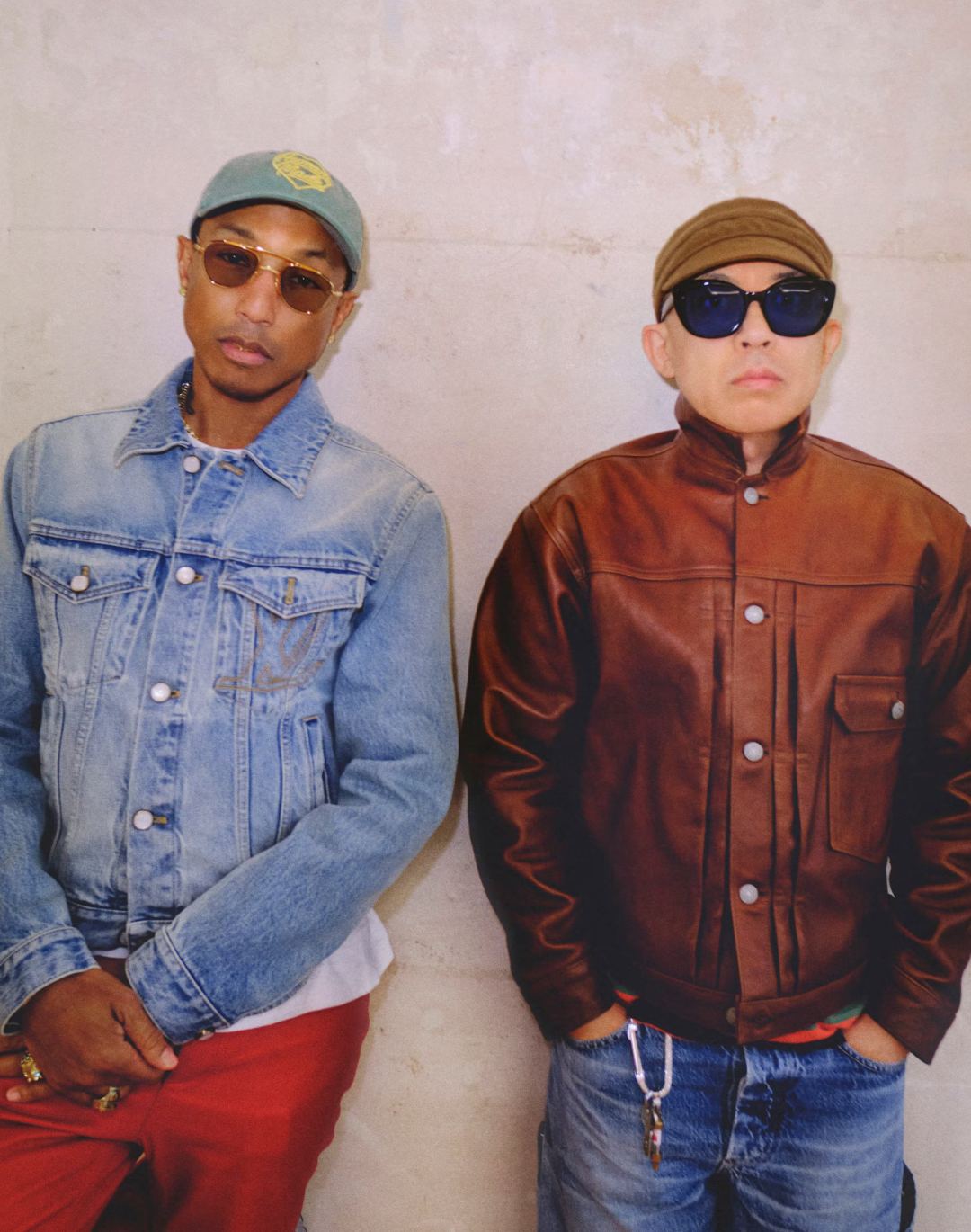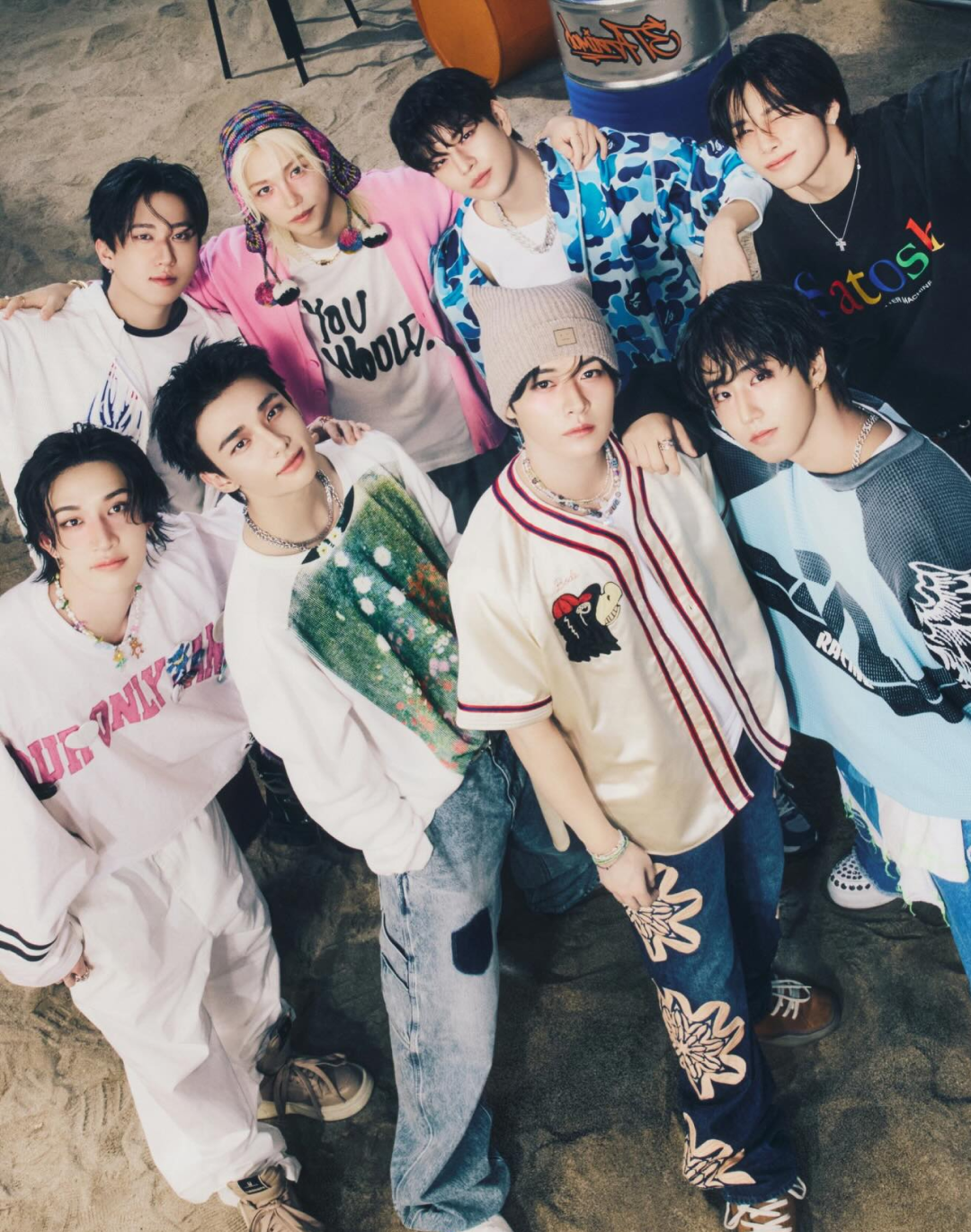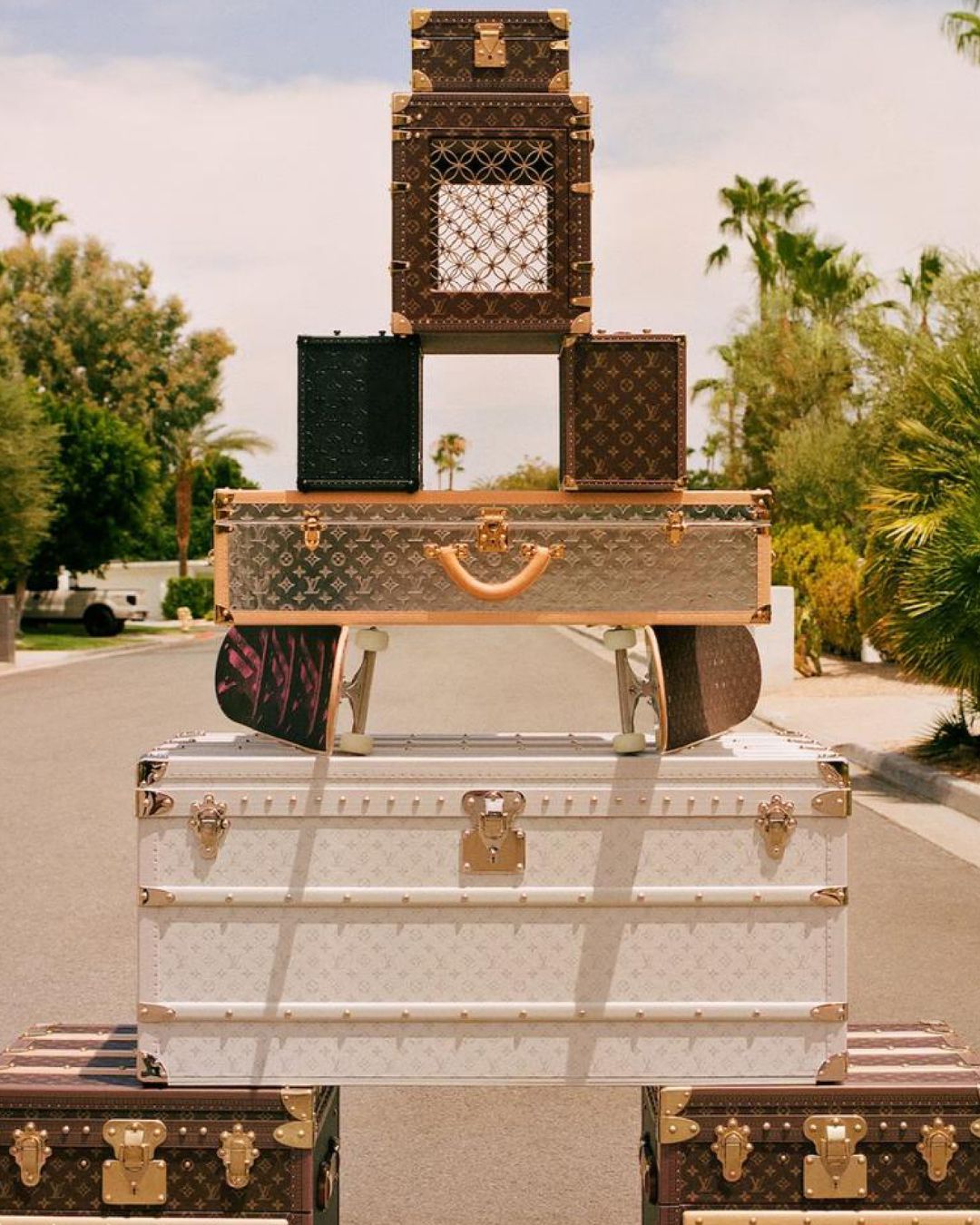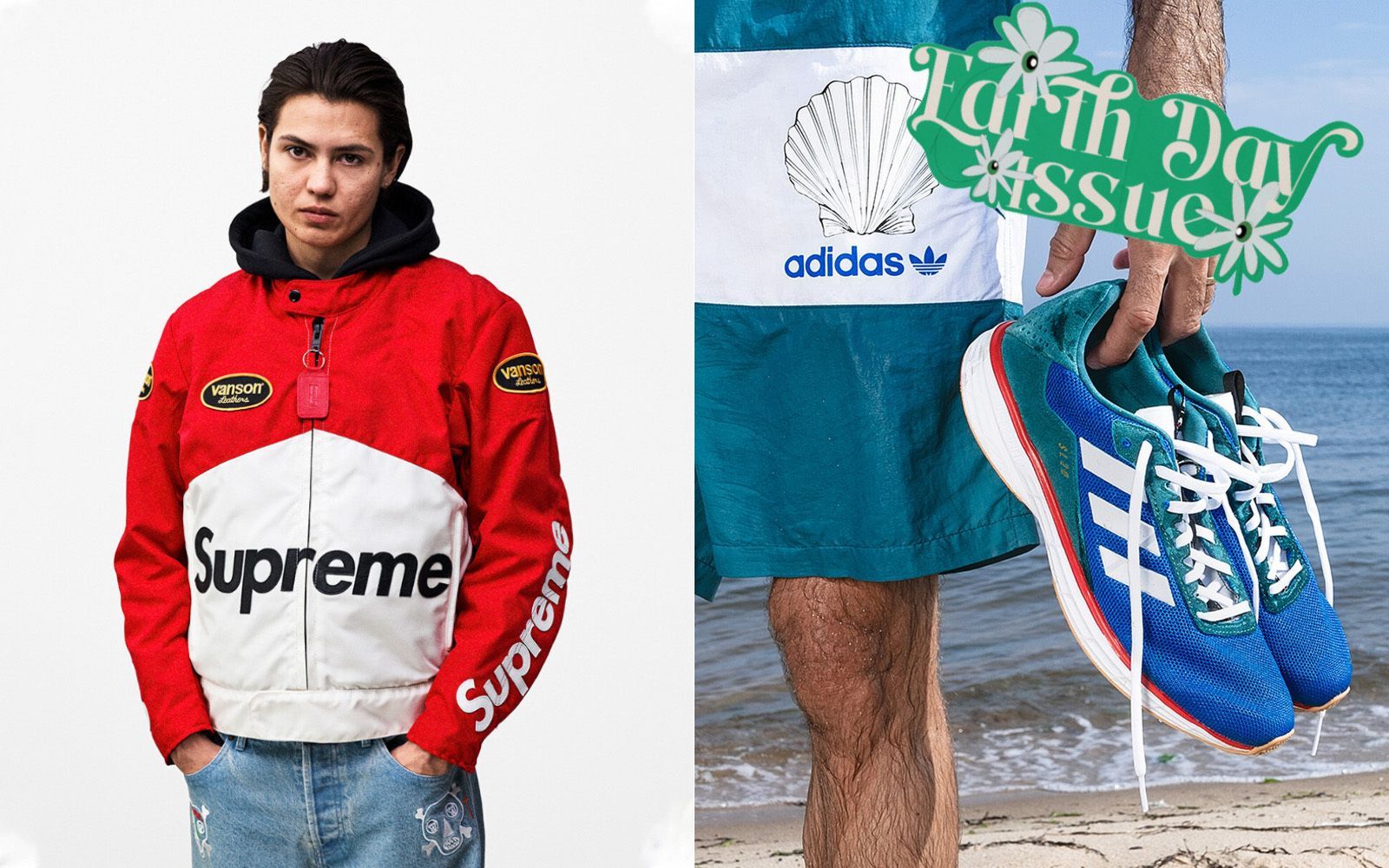
Does streetwear really care about sustainability? Very few brands of this industry can boast truly green business models
That sustainability is now one of the most discussed topics in the fashion industry is nothing new, but when it comes to sustainable products and brands that seek to reduce their environmental impact, we tend to think of three specific types of reality: small emerging brands that make being green one of their pillars; the big names of fast fashion until recently demonized, trying to change their actions; the historic luxury houses, often part of large conglomerates, trying to get back on the right path. An important sector is missing in this landscape: streetwear.
Apart from rare exceptions - which we'll discuss later on - the world of streetwear seems immune to the debate and reflection on environmental sustainability, a gap that can be traced back to the intrinsic nature of the sector and its history. If we think of the most representative brands of this landscape, such as Supreme and Palace, it's their business model that is in complete antithesis to the definition of sustainable. The weekly drop system in fact feeds spasmodic and reckless consumerism, which makes the collection released the previous week obsolete, pushing consumers to purchase at all costs the items coming out the following week. It's a vicious circle that feeds on the hype and the continuous search for the next big thing. Historically, then, the items produced by the brands of this sector have always had a cultural rather than a material value, as the products work as the symbol of a community and the sign of the belonging to a specific social group, that's why the materials and the composition of those items have always taken a backseat, both for brands and for their audience.
In this historical moment, it would feel strange and suspicious to hear Supreme talking about sustainability and Palace about environmental protection, but the issue of the materials and fabrics used for the production can be a good starting point to make this industry, at least in part, more sustainable, and in this sense, there are signs that bode well. In fact, at the beginning of April, Stüssy released its latest collaboration with the Swedish green brand Our Legacy, made using fabrics and materials from the Californian brand's deadstock. The capsule collection seems to have been appreciated especially in Italy where, as reported by data from Stylight, the largest research platform for fashion, beauty and design in the world, clicks for the brand Stüssy increased by 91% the week after the launch of this collection.
The exceptions we mentioned earlier are embodied by three brands that have opposite models but all devoted to the green. Patagonia, for example, a certified B Corporation, has made environmental protection one of its benchmarks, but it has been adopted by the street world more for its aesthetics and for the quality of its garments, rather than for its mentality, which has struggled to reach the public of the sector. Noah and Solland, on the other hand, are two excellent examples of how to rethink your business in a green key. Noah has undertaken a very specific policy, which became famous with the We Are Not A Sustainable Brand manifesto, which includes the rejection of Black Friday and much more transparent communication on the composition and production of its products. Similarly, about two years ago, Soulland decided to completely restructure its business model to make it truly sustainable, a gradual process that led to the change of the materials used for the brand's best-selling garments and their price, sacrificing part of the profits for the environmental cause.
It's the sneaker world that provides successful examples of a green mindset applied to a very profitable sector, think of adidas' partnership with Parley for the Oceans, which uses up to 75% recycled plastic, or Nike's commitment to fighting waste and the use of recycled materials. Two grains of sand in a market that produces almost 25 billion pairs of sneakers a year, and which for some releases doesn't differ much from the streetwear mentality.
While brands have to rethink their business model or at least the volume of their production (streetwear brands produce on average 350 different items), now it's also up to the audience, especially the younger ones, to change their minds. As it's often repeated and as various researches report, the new generations are the most attentive and responsive public on this type of issues, and it's a public that largely buys these brands and that would therefore have a say and a certain power if they decided to boycott or ask for more transparency from streetwear brands. As long as the next drop isn't too important.










































